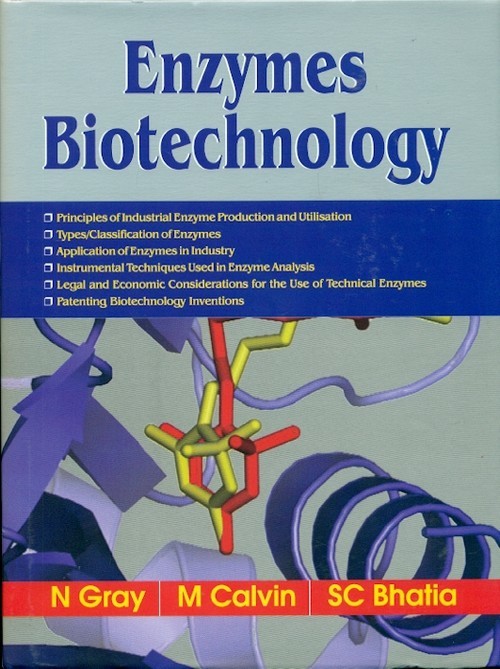Enzymes are biomolecules that catalyse chemical reactions. However the enzymes do not undergo permanent changes and so remain unchanged at the end of the reaction. They can only alter the rate of reaction but not the position of the equilibrium. Most chemical catalysts catalyse a wide range of reactions. They are not usually very selective. In contrast enzymes are usually highly selective catalyslng specific reactions only. This specificity is due to the shapes of the enzyme molecules. Nearly all known enzymes are proteins. Enzymes are needed almost in all biological processes to occur at significant rates in a cell. Modern biotechniques are utilised to improve microbial production strains to increase enzyme yields and to make minor amino acid changes that improve the functionality of the enzyme. Enzymes are involved in the formation of starch gluten hemicelluloses and lipids during ripening and are the key to dough fermentation and breadmaking since they degrade these polymers. Enzymes are also used in various other industries such as wine and brewing fish and meat processing textiles and laundry detergents pulp and paper and tanning. Enzymes play significant role in clinical analysis organic synthesis and bioremediation. Use of enzymes in diagnosis of disease is one of the important benefits derived from the intensive research in biochemistry. Enzymes have provided the basis for the field of clinical Chemistry. This textbook Enzymes Biotechnology makes an essential reading for all undergraduate and postgraduate students and teachers of bioengineering environment and life sciences and biotechnology. Researchers in analytical and instrumental techniques chemists and industrialists will also find it highly useful and informative both as a text and a reference.

| Specifications |
Descriptions |
| ISBN |
9788123918266 |
| Binding |
NA |
| Subject |
Biotechnology |
| Pages |
586 |
| Weight |
0.5 |
| Readership |
NA |



.png)
